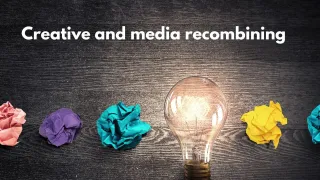Equitable. Efficient. Exceptional.
Fuel Media and Marketing. Your trusted partner in navigating the modern media and marketing landscape.

Our mission is to empower brands and agencies to thrive in the ever-evolving media and marketing landscape through strategic guidance, actionable insights, and transformative solutions that drive success and foster equitable partnerships.










Our Services

Media Ecosystem & Auditing
Fuel Media and Marketing helps you navigate the intricate media ecosystem, providing comprehensive audits of your offline and digital media presence to optimize your strategies and investments.

Agency Partnerships & Consultancy
Our team facilitates productive and equitable partnerships between brands and agencies, offering guidance and strategic consulting to ensure seamless collaboration and maximized results.

Media Capabilities & Empowerment
We empower your organization with the knowledge, skills, and capabilities needed to thrive in the media landscape, ensuring you stay ahead of the curve and make informed decisions that drive success.
23
Happy Clients
5
Experts
4
Dogs


Our Blog

Should Media and Creative Get Back Together?
In our latest article, we examine how the separation of media and creative services has shaped the advertising industry over the past decades. While this split brought significant efficiencies and cos... ...more
Blog Posts
December 10, 2024•4 min read

Making the Most of Inventory Media: A Strategic Approach
While Inventory Media offers cost savings in TV advertising, success requires careful benchmarking of both value and strategic delivery. Monitor channel balance, timing, and audience targeting to main... ...more
Blog Posts
November 06, 2024•2 min read

Why 'What's Good for the Goose is Good for the Gander' Doesn't Hold True for Advertisers: A Deep Dive into Agency Selection
Agency selection isn't one-size-fits-all. Expert intermediaries like Fuel Media and Marketing help match advertisers with ideal agencies through market knowledge and structured processes. ...more
Blog Posts
October 22, 2024•3 min read
Fuel Media and Marketing Calendar
Connect with us at a time that suits you. Book directly below
© Copyright 2024 Fuel Media and Marketing. All rights reserved

